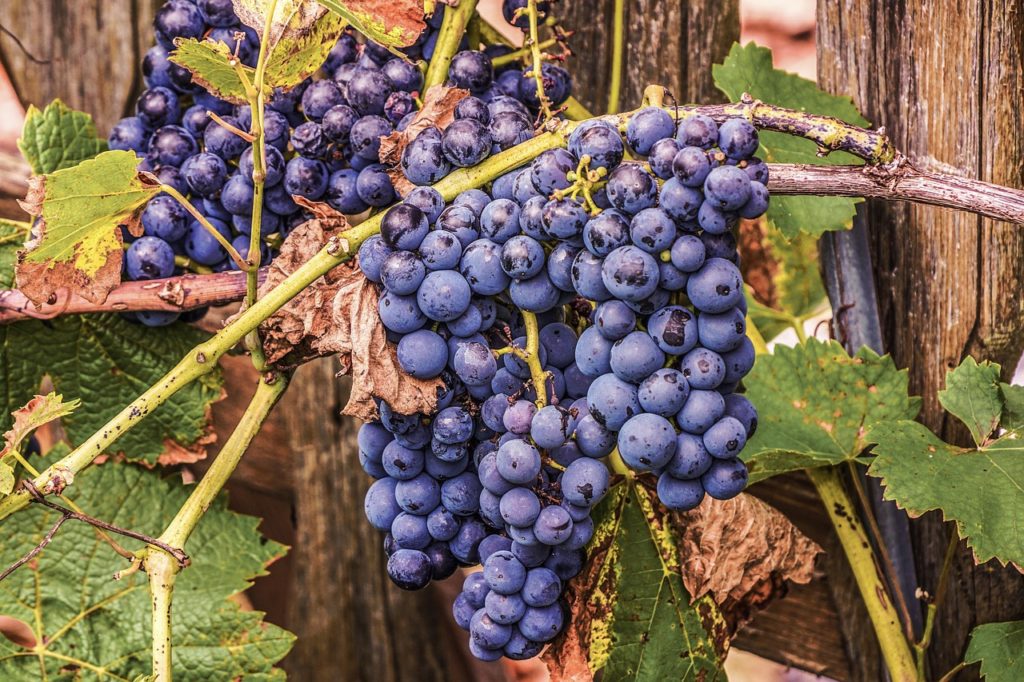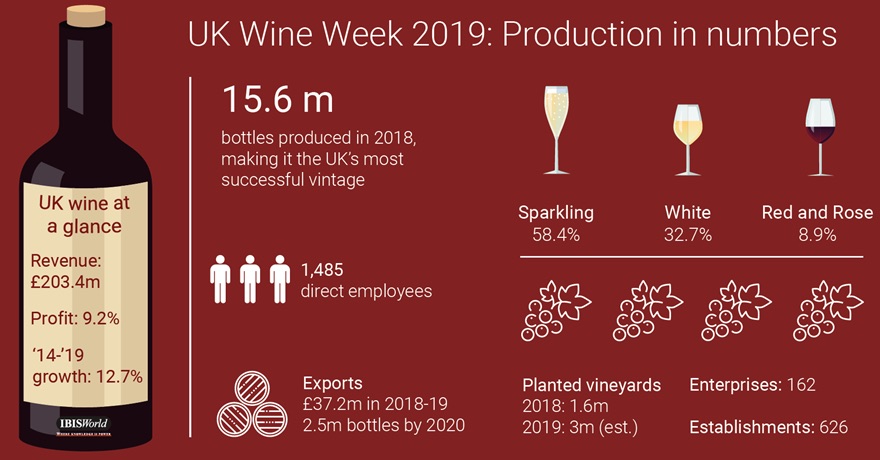English liquor has always been distinct in its taste and history. Until the last few years, English wine had only been a small segment for the United Kingdom, occupying a little over 1% of the total domestic market for alcoholic beverages. The cold climate of the country has been a hurdle to its wine industry. However, over the past few years, the wine industry has seen a significant surge and signs of growth thanks to global warming. Let’s start with the history of English wine and see where it has reached now.

The Beginning of English Wine
Winemaking was brought to England by the Romans, who even tried growing different varieties of grapes for this purpose in England and beyond. This practice continued from there on until the Normans came in. At that time, there were over 40 vineyards as written in the Domesday Book. Through the Middle Ages, England was the major customer of Bordeaux wines from France.
However, when the Methuen Treaty imposed a high duty on French Wine in 1703, the English wine demand shifted towards fortified sweet wines such as the Madeira and sherry from Portugal and Spain. What helped boost this demand is the fact that fortified wine did not get spoiled in the long journey to England from Portugal.
Wine production in England almost ended in the 20th century with the First World War as food and crops were the priority. For a brief 5-year period making homemade alchoholic beverages was declared illegal from 1960 until 1965. The homebrew fashion then gained popularity. Since then, English wines have been some of the finest, with a 2004 panel declaring the majority of the top positions in European wines to the English variants.
Wine Industry at Present
The wine industry has been strongly growing in England over the past decades, and it is expected to generate over 30,000 jobs in the UK alone. South England has had several plantings specifically for this purpose. In 2011, when the Duchess of Cornwall was elected as the UK Vineyards’ Association’s President, the industry received added prestige.
Some of the most famous varieties of wine made in England include a distinctive clone of Pinot Noir and the Wrotham Pinot. The latter is famous for the furry leaves and the high resistance that those have to diseases. Most English sparkling wines are made using grapes that are closer to the viticulture limits. Other varieties include Chardonnay, Pinot Meunier, Seyval Blanc and the Pinot blanc to name a few.

In terms of consumption, England continues to be a major consumer of foreign wines. However, with the recent growth that the wine industry has witnessed, this could change. Currently, over 2,000 are employed in this industry which is expected to grow by over 30,000 over the next few years. The English wine industry is also forecasting revenue of more than £658m ($852 million) by 2040. A total of 165 wineries and 500 vineyards in Britain do give an exciting picture of what we can expect from English wines in the coming future. For the wine-lovers, there are surely going to be a lot of varieties to look out for.